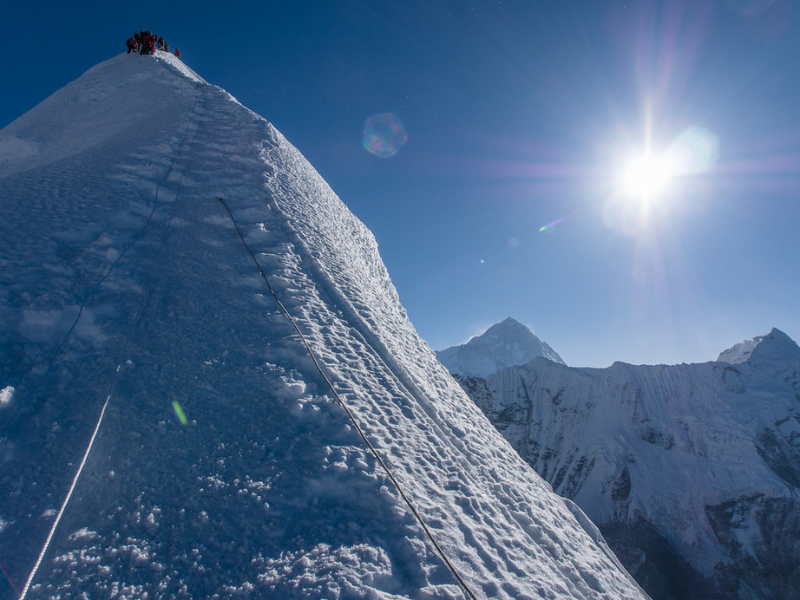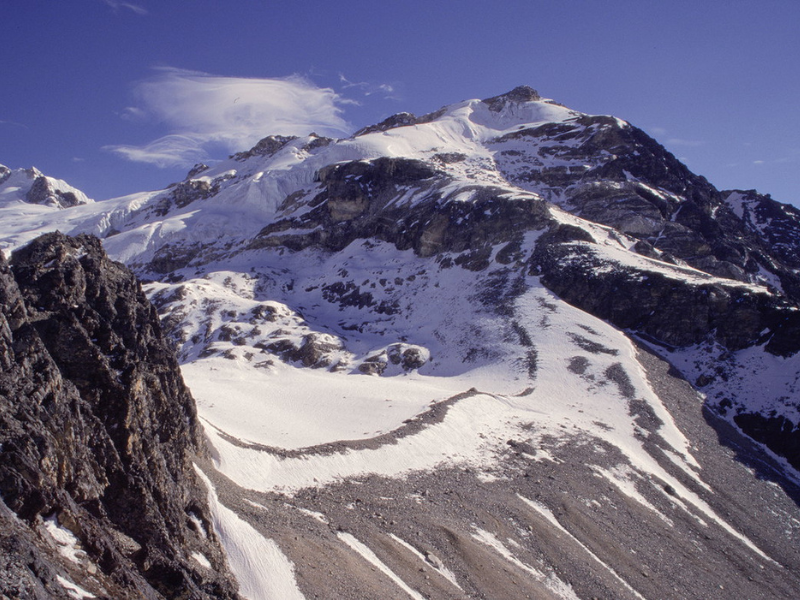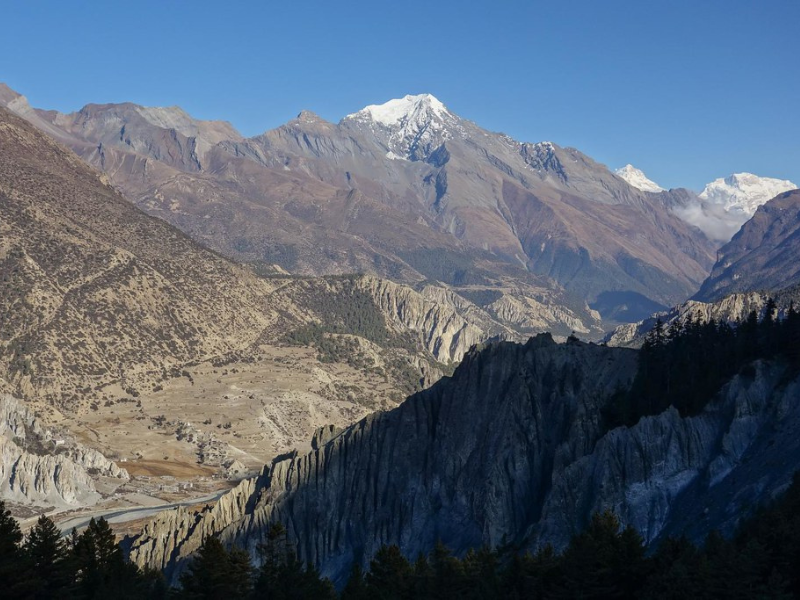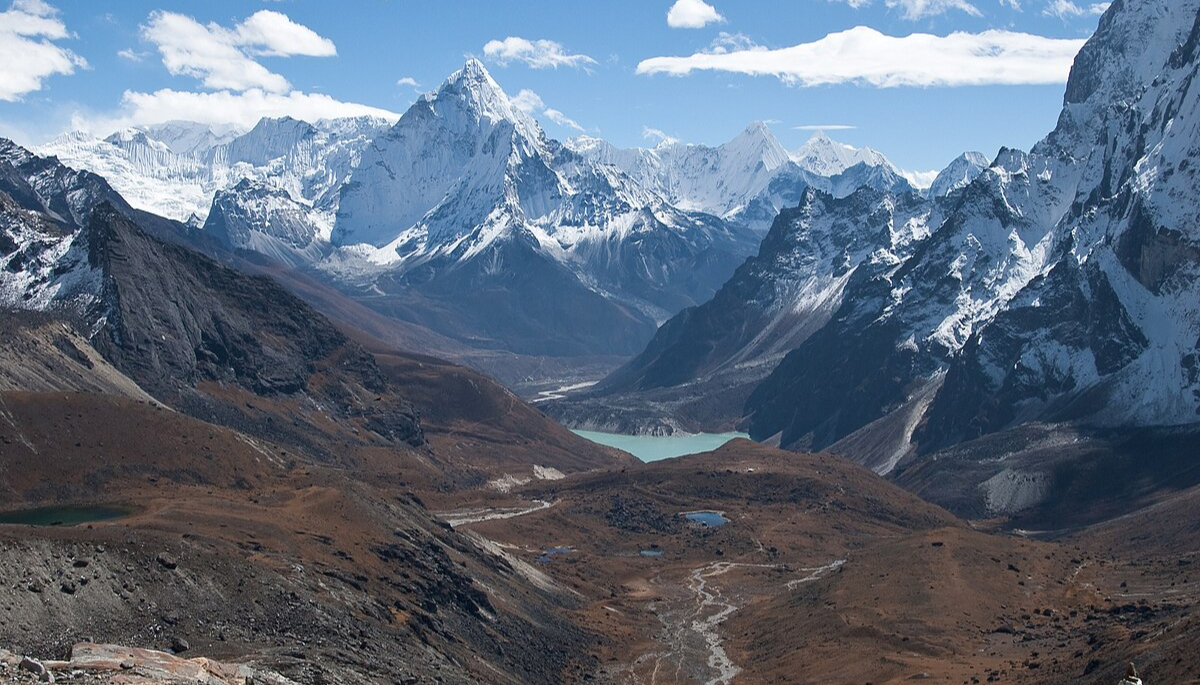Nepal is heaven for climbers and trekkers. While Everest and Annapurna are the big names attracting expert mountaineers, there are several beginner friendly mountains to climb in Nepal. These peaks will give you a real taste of Himalaya adventure without going into much technical climbing.
New to climbing and need to set foot on the first summit? This is just the right spot because Nepal offers it all: sight-gazing at nature, skilled guides, and inviting mountains to kick-start your class in mountaineering.
Why Choose Nepal for Beginner Climbers?
Nepal has over 1,300 peaks above 6000 meters with 33 of them being trekking peaks designated by the Nepal Mountaineering Association (NMA). Many of these are suitable for the beginner wishing to summit safely above 5000 or 6000 meters.
These easy climbs combine adventure and beauty with cultural experience, preparing the climber for higher aspirations, such as Everest, in the future.
I. Island Peak (6,189m)
Region: Everest
Duration: 16–20 days
Best Time: Spring (March–May) and Autumn (September–November)
One of the most well-known beginner climbing peaks in Nepal is Island Peak or Imja Tse. It is one of the add-on packages for the Everest Base Camp trek. While some glacier walking and the use of a rope may be required to summit the peak, it is very possible for fit beginners.
Highlights:
- Good close-up views of Everest, Lhotse, and Ama Dablam
- Experiencing fixed ropes and crampons
- A good introductory experience to Himalayan climbing
An excellent stepping stone if you would like to later attempt caps, which are a little more technical.

II. Mera Peak (6,476m)
Region: Hinku Valley, Everest
Duration: 18-22 days
Best Time: Spring and Autumn
This is the highest trekking peak in Nepal, but you don’t have to worry. It has a gradual ascent and a nice, wide glacier, making it appropriate for beginners. The height is considerable, but the way is easy and safe for a beginner.
Highlights:
- Includes 360 views of five 8000m peaks
- Less crowded route
- Great for altitude experience
Perfect for beginners seeking a higher mountain yet not complicated climbing.

III. Yala Peak (5,732m)
Region: Langtang
Duration: 12-14 days
Best Time: Spring and Autumn
If time is a little shorter or if you prefer an easy ascent, then there is always Yala Peak. Nestled in the wonderful Langtang region, Yala Peak is regarded as a non-technical walk-up for beginners. Normally, under standard conditions, no ropes or glacier travel are required.
Highlights:
- Good for acclimatization
- Close to Kathmandu
- Shishapangma (8,013m) Views
An excellent climb for those transitioning from trekking to climbing.

IV. Pisang Peak (6,091m)
Region: Annapurna
Duration: 17-20 days
Best Time: Spring and Autumn
The famous trekking route in Nepal that runs across the Pisang Peak is the Annapurna Circuit. The climb is quite a bit more technical than others because it combines scrambling and ropework, but is still suited for confident beginners with the correct guide.
Highlights:
- Climbing with a trekking combination
- The beautiful view of the great Annapurna Range
- Steeper, spectacular, and thrilling summit ridge
Perfect mixing of trekking, climbing, and culture.

V. Lobuche East Peak (6,119m)
Region: Everest
Duration: 18-20 days
Best Time: Spring and Autumn
Lobuche East Peak presents a more technical experience and is an excellent option for ambitious beginners, often synonymous with a training climb for Everest. Steep ice and rock sections which call for the use of ropes, are generally found along the route; however, it is within the capacity of a guide and basic training.
Highlights:
- Near Everest Base Camp
- Mixed terrain, skill development
- Rewarding summit experience
Lobuche East is best for the eager-to-be-challenged novices.

Helpful Beginner Climbing Tips for Nepal
- Train before the trip: The acquisition of cardio, strength, and endurance training will be helpful.
- Slow acclimatization: Choose itinerary routes with rest and acclimatization days.
- Hire certified guides: Such a guide makes sure all the safety features are in place and the travel is successful.
- Pack quality gear: Boots, clothing, and a sleeping bag are important for the journey.
- Proper insurance: The high-altitude trekking as well as helicopter evacuation should be among the benefits in your policy coverage.
Final Thoughts
If you dream of climbing in the Himalayas, seasoned mountaineering skills are not a prerequisite to start. These beginner-friendly mountains to climb in Nepal offer the perfect introduction to alpine adventure. Between the glacial climbs of Island Peak and the visual feasts of Yala Peak’s summit, every mountain gives an experience that is both rewarding and embedded in one’s memory.
With its hospitable people, breathtaking views, and organized trekking infrastructure, Nepal is the perfect place to start your climbing adventure.
Read More: Bosan Danda Day Hike From Kathmandu


0 Comment